Hiring or promoting new leaders is a critical moment for organisations. It is one of the biggest investments that an organisation can make and getting it wrong can be costly. McKinsey found that nearly 50% of leadership transitions fail within two years [1]. So aside from direct hire costs and the time invested in the process, there is significant impact when things don’t work out. Competitive advantage and transformational loss being the two biggest impacts and sometimes taking months or even years of recovery for an organisation. Regardless of the sector, be it voluntary, statutory, arts, education or commercial sectors, successful leadership transition increases organisational success.
“…it’s hardly surprising that 83% of global leaders believe they are unprepared for their new role”
With such high stakes you would think that investment in making such transitions a success would be an organisational priority. Sure, there might be a rudimentary transition plan in place and even maybe a buddy scheme to help new hires or those promoted to find their feet. Often times the focus is on getting to ‘know the ropes’, which is useful, but when you consider that most perceived failures (68%) are actually about organisational politics, culture and people issues, then what is needed is more than just organisational orientation [1]. This issue is not just about new leaders coming into an organisation but also challenges faced by internal promotions with 69% reporting that implementing cultural change is difficult. Given these facts, it’s hardly surprising that 83% of global leaders believe they are unprepared for their new role [2].
In the case where there is a new CEO then there can often be a number of senior changes, with nearly 70% of CEOs making changes to their senior teams in the first two years. Consequently, there’s a cascade impact and an increasing need on enabling new teams to form and then perform.
“…there is evidence that coaching and assimilation plans nearly double the likelihood of success…”
The ‘sink or swim’ attitude to hiring leaders is a serious fallacy that is based on a still persistent ‘individual hero’ paradigm. I’m not quite sure how to put this… but it’s nonsense. Just consider for a moment that most leaders probably only move roles a few times in their senior career, so expecting them to know what to do and how to do it, in every organisation, in every dynamic is unrealistic. Furthermore, the first two years are an intensive period of change for new leaders with multiple demands on their time, so not providing space to think and work through the challenges that come with a new role is going to limit their ability to achieve success.
As you might expect, I would advocate specific coaching during this transition and the relatively modest investment can help enable success and reduce the costly loss of talent or a prolonged phase of adjustment before performing. Indeed, there is evidence that coaching and assimilation plans nearly double the likelihood of success and yet it’s a small minority of organisations that actually use them [3].
In my experience leadership transition coaching can enable not only the space to think but importantly provide what I call ‘zoom in, zoom out’ opportunity. Moving on from basic orientation to considering the personal, intrapersonal dynamics and wider systemic issues and what they are asking of you as a leader or manager. In the busyness of a new role this can often be missed and in my view is essential for success, both to you as a leader and to the organisation.
Every leader is different, and every organisation demands different approaches, but moving from assessment to action has to be one of the most pivotal phases during the leadership term. I would argue that the quality of such and potential success is influenced directly by the quality of a leader’s space to think during the first two years of their transition. The framework I use for supporting leaders through this transition is based on a multidimensional approach across 4 quadrants and how they interrelate for a more holistic approach to the transition.
Later this week I’ll be sharing some of the useful questions that can support leadership transition. This is stuff I have reflected on and learned in my years as a leader, manager and coach. I know these will be helpful to many of you who are either going through transitions or hiring, so if you’ve found this blog interesting, then please leave a comment and checkout my other blog post “Moving to a New Position as a Leader or Manager?..Some Important Questions for Success” on the site.
I support managers and leaders to have ‘space to think’. If this has been helpful and you need some ‘space to think’ then I might be able to help. Contact me for a no obligation chat and let’s see what happens.
[1] Scott Keller, Mary Meany, “Successfully transitioning to new leadership roles” Mckinsey & Company. 2018.
[2] Matt Paese and Richard S. Wellins, Leaders in transition: Stepping up, not off, Development Dimensions International, ddiworld.com; and “Ascending to the C-suite,” April 2015.
[3] Patricia Wheeler, “Executive transitions market study summary report: 2008,” The Institute of Executive Development, 2008; “Ascending to the C-suite,” April 2015.
Image: Photo by Niklas Ohlrogge on Unsplash with thanks

